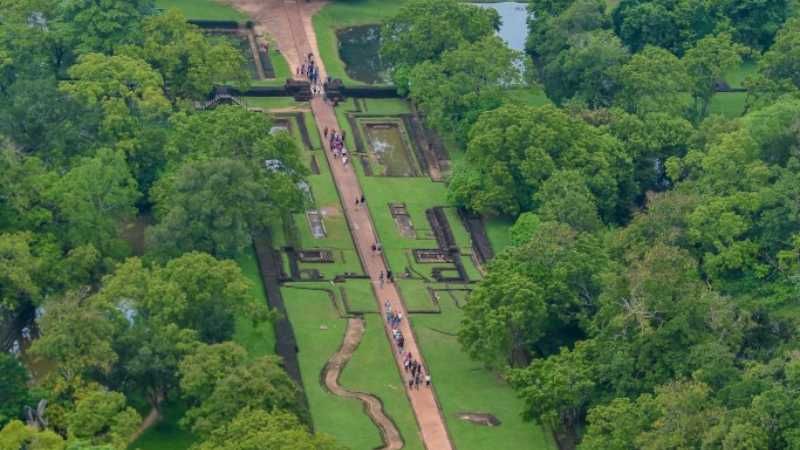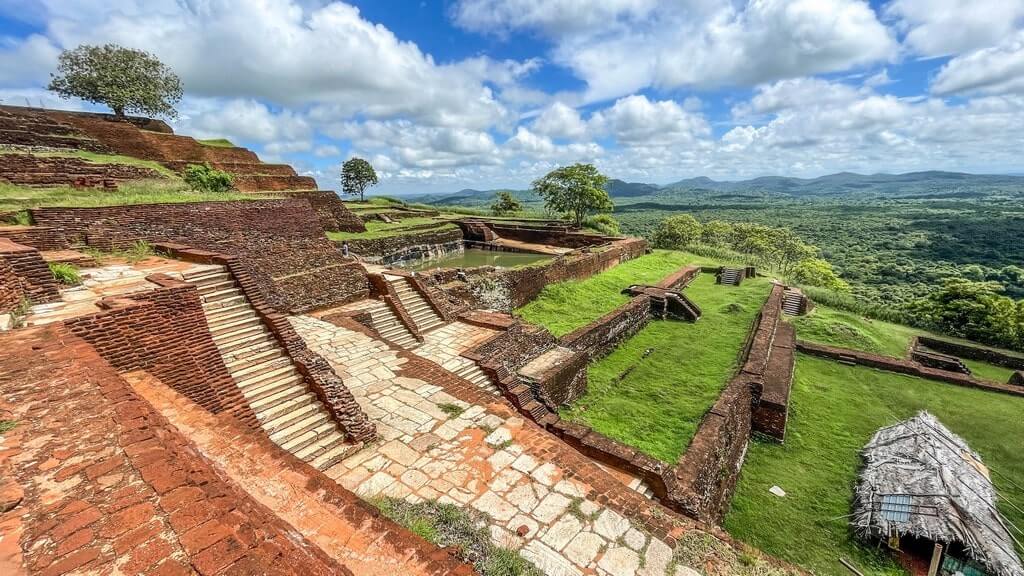Sigiriya History
About Sigiriya
As Sigiriya in Sri Lanka is very beautiful and looks like a lion above the forest, a long story about the history of Sigiriya is mentioned in historical stories.That is, the creation of this rock is the result of a competition between two brothers. In the past, this great fort Sigiriya was built by King Kasyapa, and it is said in past legends that King Kasyapa built this place to protect his brother, King Moggallana. And the main heir of Sigiriya was King Moggallana, that is, the brother of King Kasyapa, and it is mentioned in Puratana Kata Vahare that King Kasyapa had taken over Sigiriya by force.
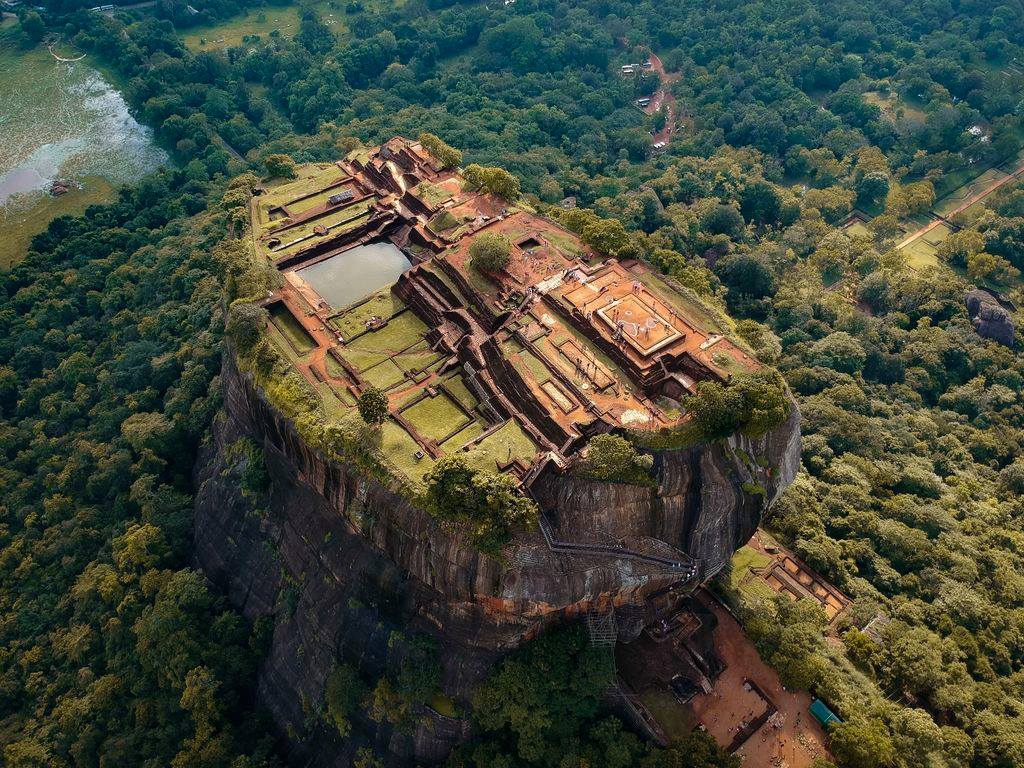
King Kasyapa constantly built this stone fort for his own protection, fearing that his brother would claim the throne again. The technology used by King Kasyapa in creating the Sigiri fort is excellent. The frescoes here as well as some of the designs here are indescribable. However, the Moggallanas managed to defeat Kasyapa and after that the Sigiri fort or the Sigiri rock was gradually destroyed.Earlier, Sigiriya was a Buddhist monastery and after the destruction of the palace, it became a Buddhist monastery again. Sigiriya was discovered by the Europeans in an expedition in 1831. Major Jonathan Forbes discovered Sigiriya while coming from Polonnaruwa. He also served as Major Pradeep in the British Army. Many scientists excavated one of the Sigiri rock and excavated this rock and were able to find the glory of Sigiri.
Anyone who climbs the Sigiriya fort can clearly see that it is a fort with a garden. Sigiriya has been designed in accordance with the most advanced technology and the huge rock has been beautifully built for the protection of Sigiriya.
Arts of Sigiriya
When referring to the paintings in Sigiriya, very ancient paintings have been created very beautifully. It is also a matter of fact that the paintings are very beautiful without damage till today.Scholars believe that the Sigiriya paintings are similar to the cave paintings of the Ajanta caves. The Sigiriya paintings mainly feature women, and it is believed that these women are replicas of the beautiful women who lived in the palace of Sigiriya king Kasyapa. The use of colors in paintings increases the attraction of tourists.
The most common thing about these paintings is that all these paintings have delicate patterned tattoos on the necks of signa women. This mainly indicates that these women are the wives of King Kasyapa. These women are depicted picking flowers in their hands to worship the Buddha or come to Sinhagiri or Sigiriya. .
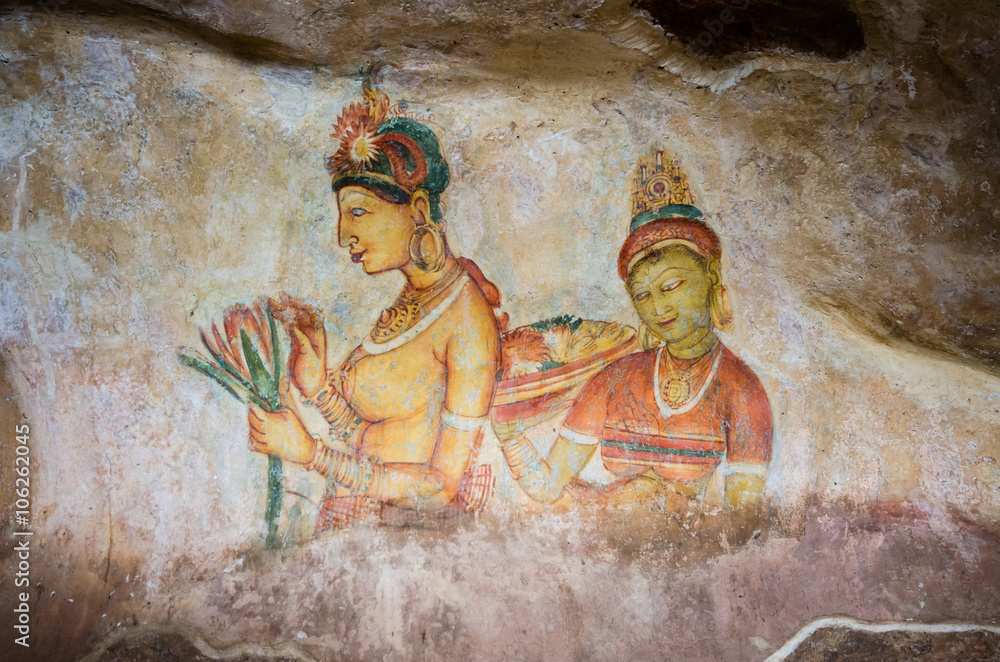
Sigiriya Lion Claws
The meaning of Sigiriya mainly refers to Sinhagiri. It mainly means Lion Rock. In 1898 h.c.p. Mr. Bell excavated and discovered the two lion feet, the majesty, strength and antiquity of Sigiriya occur mainly.
Here we can see the huge lion’s paws cut from the rock near Sigiriya inlet. It will move up to the large statue which represents the glory of King Kasyapa’s pride and strength as well as Sri Lankan pride.
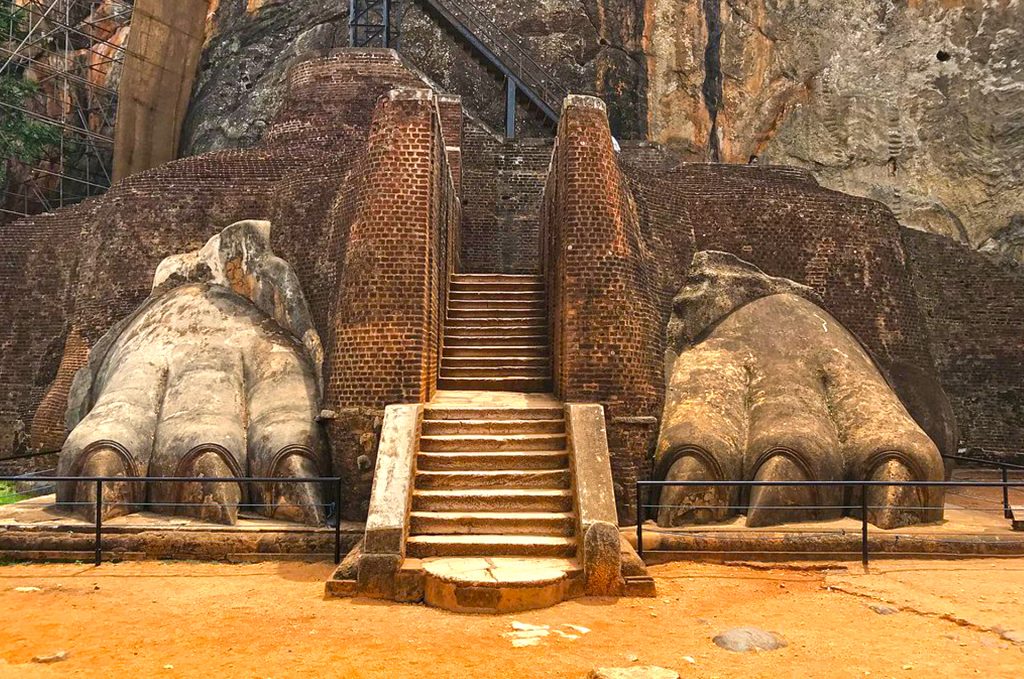
King Kashyapa
King Kasyapa is a royal name of major occurrence in the creation of Sigiriya. King Kasyapa was the son of King Dhatusena and Mughal was his brother. After the death of King Dhatusena, according to the rules of the time, the Mughal king had to inherit the royalty.
But at that time, King Kasyapa wanted to get royalty because he believed that King Kasyapa was more valuable to royalty than the Mughal king. The main reason for that was the victory of the Kasyapa kings in the war against the South Indians. Later he killed the Dasaya kings and took over the kingdom of Anuradhapura
King Kasyapa chose the Sigiri fort as his kingdom and built it as a fort and built the amazing technology on top of the Sigiri rock.
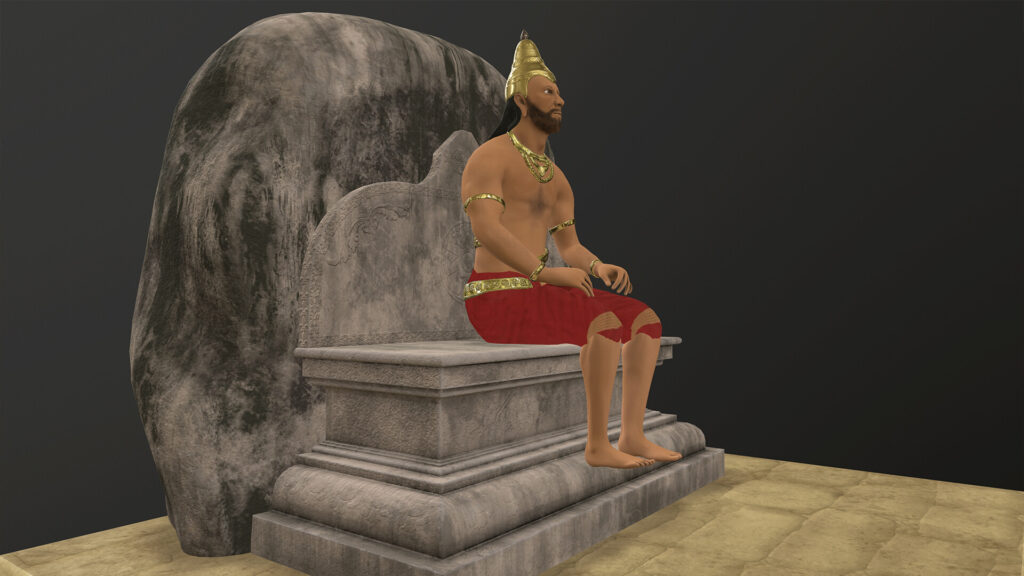
Sigiriya Graffiti & Mirror Wall
It has been stated that a large number of people came to Sigiri Rock for this purpose as well as today. Visitors to the Sigiri rock, ordinary people, pilgrims wrote on the rock what they were dying of their thoughts.
Sigiriya graphite can be seen mainly in the lower part of the mirror wall. The rock contains reflections. It has been preserved even today and from it one can gain an understanding of the people who visited Sigiriya.
The Sigiriya mirror wall is something that you should not miss when you are at the top of the rock.
It is a polished rock and is situated next to the Sigiriya maidens. The mirror wall is a parapet wall. It is a kind of a protective wall built in those ancient times.

Water Fountain and the Water Management System of Sigiriya
Talking about Sigiriya, it is impossible not to talk about water projects. The necessary Sigiriya water technology has been utilized to the maximum. Even today, a method of manipulating water that amazes even scientists was used to create the Sigiri Fort. Even today, ruins and evidence can be seen in the rock garden of Sigiriya.
And the way the water has been managed around Sigiriya and the way the water has been used on the top of the rock is amazing. It is clearly visible that water management has been done mainly using hydraulic technology.
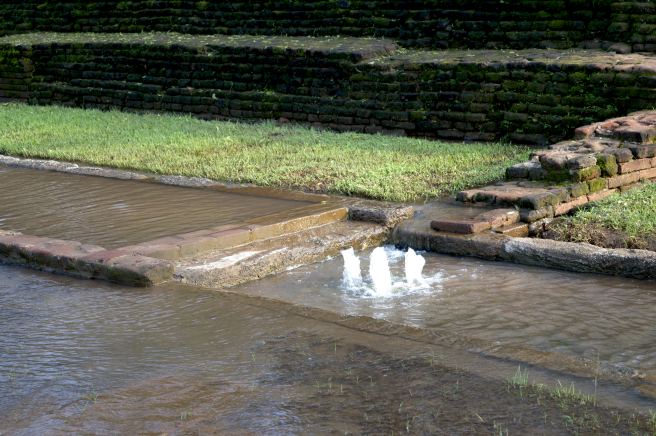
Engineering Technology of Sigiriya
Engineering has been used very beautifully in the creation of Sigiriya. The pool plan is organized in the same way as the rectangular pattern on either side of the roads leading to the western entrance to Sigiriya. In front of the pools are fountains created from limestone.
It is impossible to imagine how much technology there was in the past to use this kind of technology. Who is the Sigiriya Park as well as the Botanical Gardens are beautifully designed the landscape from sigiri is very interesting and it is designed in a natural way. A closer look reveals that the Sigiri designs, which are unique to the Sigiri rock itself, are well designed.
The top of Sigiri Rock is also beautifully designed. A royal palace and garden on the top of Sigiri Rock is designed with a very special skill in town planning techniques and house design. Every tourist who comes to Sri Lanka goes to see Sigiriya to see the amazing technology there and to look at its wonderful creations. Many tourists will not forget to see the wonderful crafts while visiting Sigiriya.
